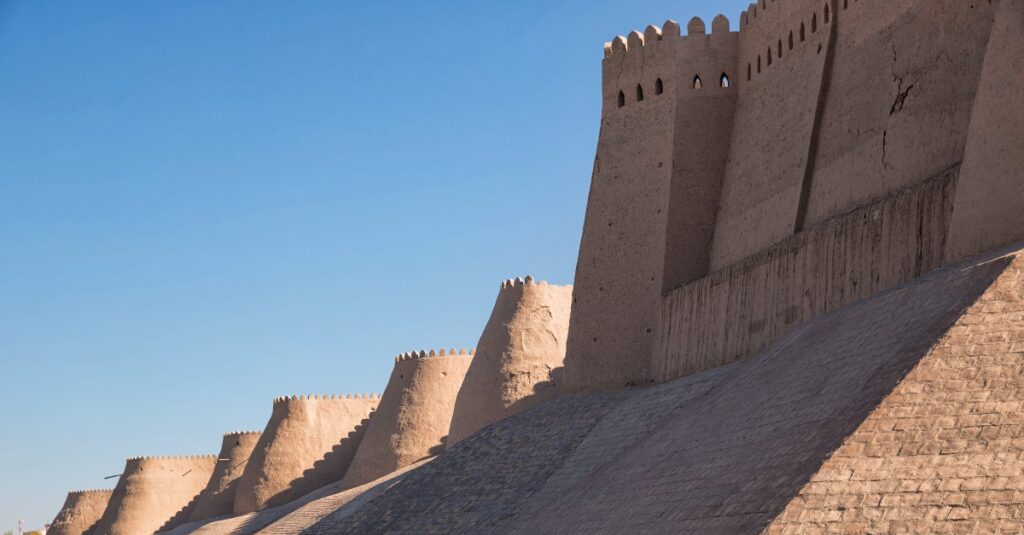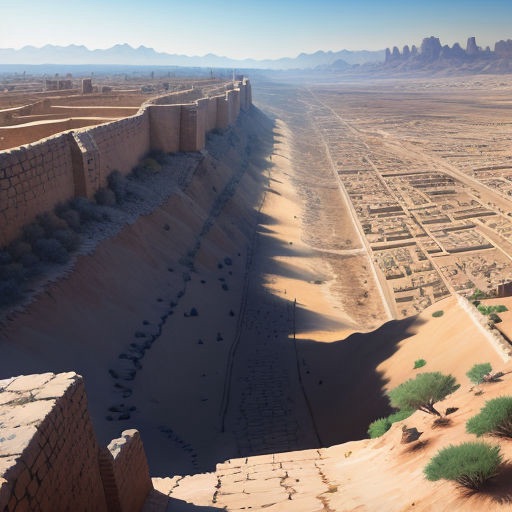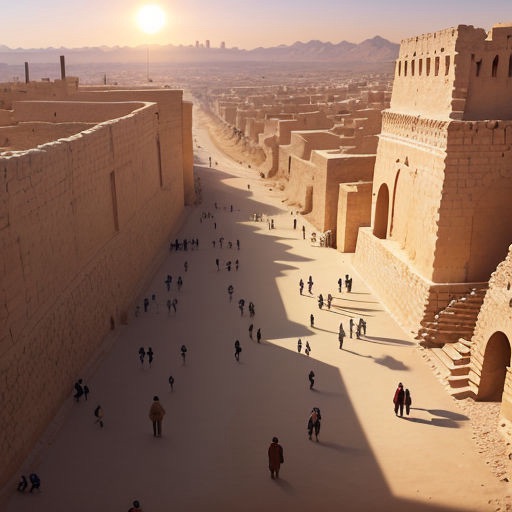Jericho, an ancient city shrouded in legend and archaeological marvel, lies enigmatically northeast of Jerusalem. One of the oldest continually inhabited cities on Earth, Jericho’s walls whisper tales of past civilizations and enigmatic events that challenge our understanding of history. Central to Jericho’s lore is the biblical account of its conquest, a story intertwined with divine commands and miraculous occurrences. But could there be more to the story? Could the legendary destruction of Jericho’s walls involve not just divine intervention but alien technology?

Jericho’s archaeological significance is immense, with evidence of human settlement dating back to 9000 BC. This city has witnessed the ebb and flow of human civilization, each layer of excavation offering a glimpse into the distant past. The biblical narrative places Jericho at the epicenter of a miraculous event during the Israelite conquest. According to scripture, the walls of Jericho fell after Joshua and his followers, armed only with the blasts of shofars—trumpets made from ram’s horns—marched around the city. This account has long fascinated and debated theologians, historians, and scholars.
The shofar’s role in Jericho’s fall is documented in the Hebrew Bible, where its sound precedes the collapse of the formidable city walls. Traditionally viewed as a divine miracle, some modern interpretations suggest a combination of natural phenomena and human ingenuity. Could it be possible that the shofar was not merely a ceremonial instrument but a sophisticated tool powered by unknown technology? This hypothesis leads us to consider whether the Israelites had access to advanced technology that could manipulate sound waves to such a devastating effect.

Central to the mysteries surrounding Jericho is the Ark of the Covenant. Described as a sacred object housing the divine presence, the Ark accompanied the Israelites during their desert wanderings and battles, including the siege of Jericho. Intriguingly, some theorists propose that the Ark was more than a spiritual symbol; it could have been a repository of advanced technology, possibly of extraterrestrial origin. This perspective suggests that the Ark’s capabilities, when combined with the acoustic power of the shofar, could have been the catalyst for the walls’ destruction.
Exploring the possibility that alien technology influenced ancient events is not unprecedented. This theory suggests that extraterrestrial beings could have visited Earth, imparting knowledge and technology to early human civilizations. If the Israelites had access to such technologies, encapsulated within the Ark of the Covenant, the seemingly miraculous fall of Jericho’s walls might be viewed through a new lens—a blend of divine influence and alien intervention.

While the idea of alien technology at Jericho might seem far-fetched, it adds a compelling dimension to the ongoing debate between science and spirituality. The ruins of Jericho offer tangible links to our ancient past, but they also pose profound questions about the nature of human history and the potential influences that have shaped it. As archaeological and technological tools evolve, so too may our understanding of what really happened at Jericho.
In conclusion, the ancient city of Jericho remains a focal point of historical and mythical intrigue. The story of its walls, whether seen through the lens of divine miracles or technological prowess, invites us to reflect on the broader questions of human origins and the possibilities of life beyond our world. The ancient ruins of Jericho not only stand as silent witnesses to our past but also as beacons that might light our way to astonishing discoveries about our universe and ourselves.